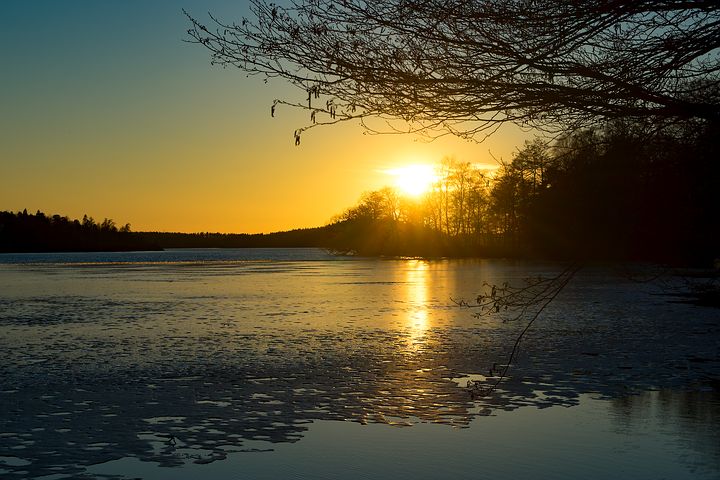The Ministry of Natural Resources and Forestry – North Bay District is advising area residents that a Watershed Conditions Statement – Water Safety is in effect.
A close watch on local forecasts and conditions is recommended.
The Water Conditions Statement – Water Safety indicates high flows, melting ice or other factors could be dangerous for such users as snowmobilers, and anglers but flooding is not expected.
MNRF is closely monitoring the weather and developing watershed conditions and further updates will be issued as appropriate.
An approaching Colorado Low weather system is expected to pass through Northeastern Ontario over the next three days, bringing warm air into the North Bay District today.
A forecast of 10–15 millimetres of precipitation with an emphasis on rain, rather than snow or ice pellets is expected.
Temperatures reaching between 7 C and 10 C during the day and lows of between -4 C and above freezing for nighttime lows are expected but will drop back down to more seasonal temperatures tonight and into the weekend.
The latest snow survey from April 1 shows a continuing snow pack in southcentral and northeastern Ontario ranging from 100-200 mm of snow water equivalence. Station reports indicate the snow is compacting due to the diurnal freeze-thaw and recent rain events, with a layer of ice on the ground
Current conditions show water levels and stream flows across northeastern Ontario are moderately elevated from ongoing spring snow melt and past precipitation events.
The impact of recent warm temperatures and rainfall have compacted the significant snow pack reducing its ability to absorb rainfall. Warm temperatures and precipitation are likely to further degrade the snowpack and river ice and produce runoff and increasing levels and flows.
Risks may include degradation of river ice and ice jam-related flooding from increasing temperatures and flows, fast-moving cold water with rapidly changing conditions, and flooding of low-lying areas with a history of flooding.






